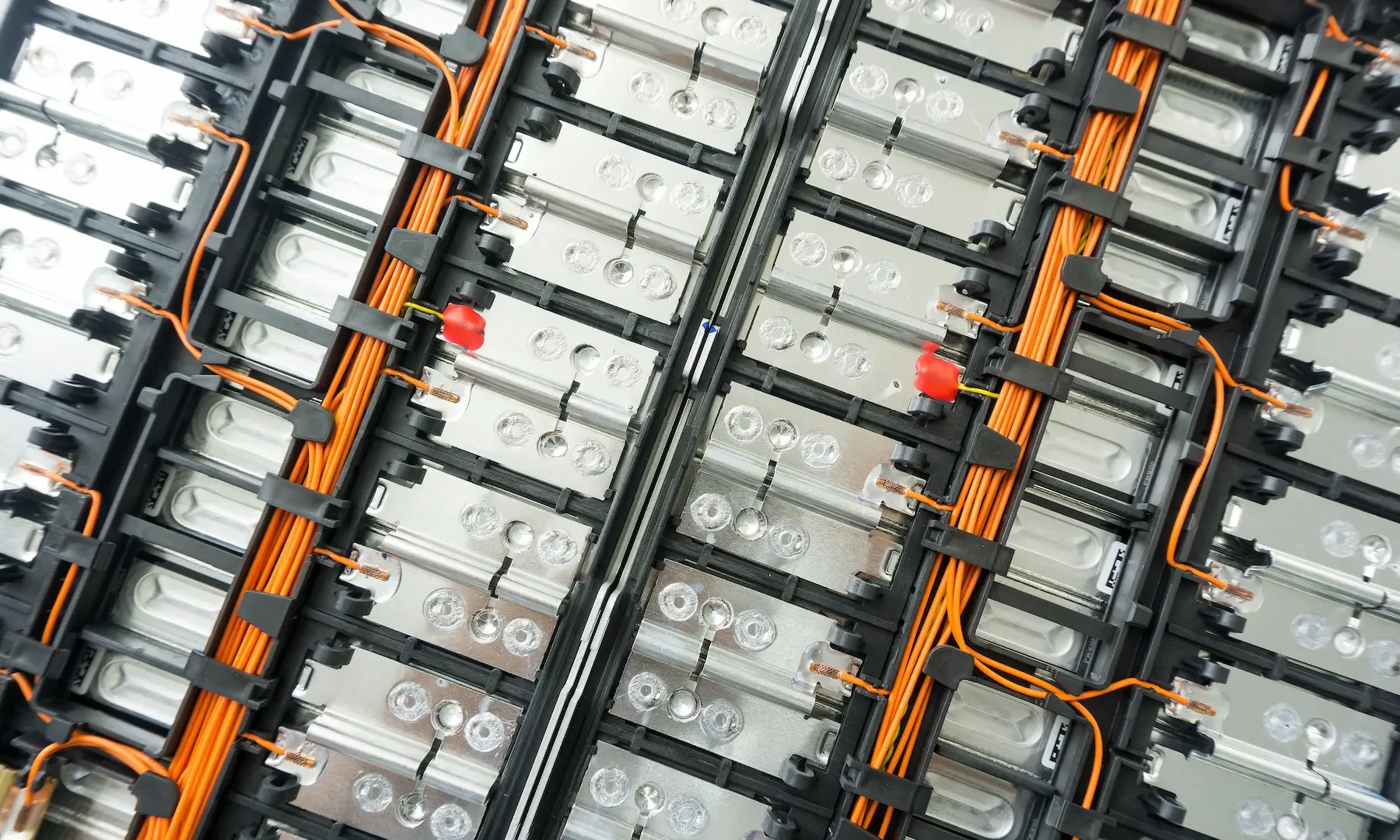Tilmann Vahle, Chemicals + Industrials Lead at Quantis Germany, explains that unlike the one-time burning of fossil fuels in traditional vehicles, electric vehicles (EVs) rely on the management of technical materials.
While EVs are already more environmentally friendly —especially in countries like Germany where electricity is increasingly renewable — the growing material footprint makes high-quality material cycles more important. This need for circularity is not only economically relevant but also crucial for climate goals and is being reinforced by industry leaders like BMW and upcoming regulations such as the EU Battery Regulation (2024) and ELV revision (2025).
As EV adoption grows, repurposing used EV batteries for residential solar energy storage in Italy offers both economic and environmental advantages. Koldo Saez de Bikuña Salinas, Senior Sustainability Expert at Quantis Italy, co-developed a study that finds repurposed batteries can reduce carbon footprint by 50–90% and remain cost-effective if new battery prices stay above €150–200/kWh.
However, profitability hinges on factors like design constraints, automation and policy support. Measures such as robotic disassembly, VAT reductions and digital battery passports could enhance feasibility and scale circular battery business models.





